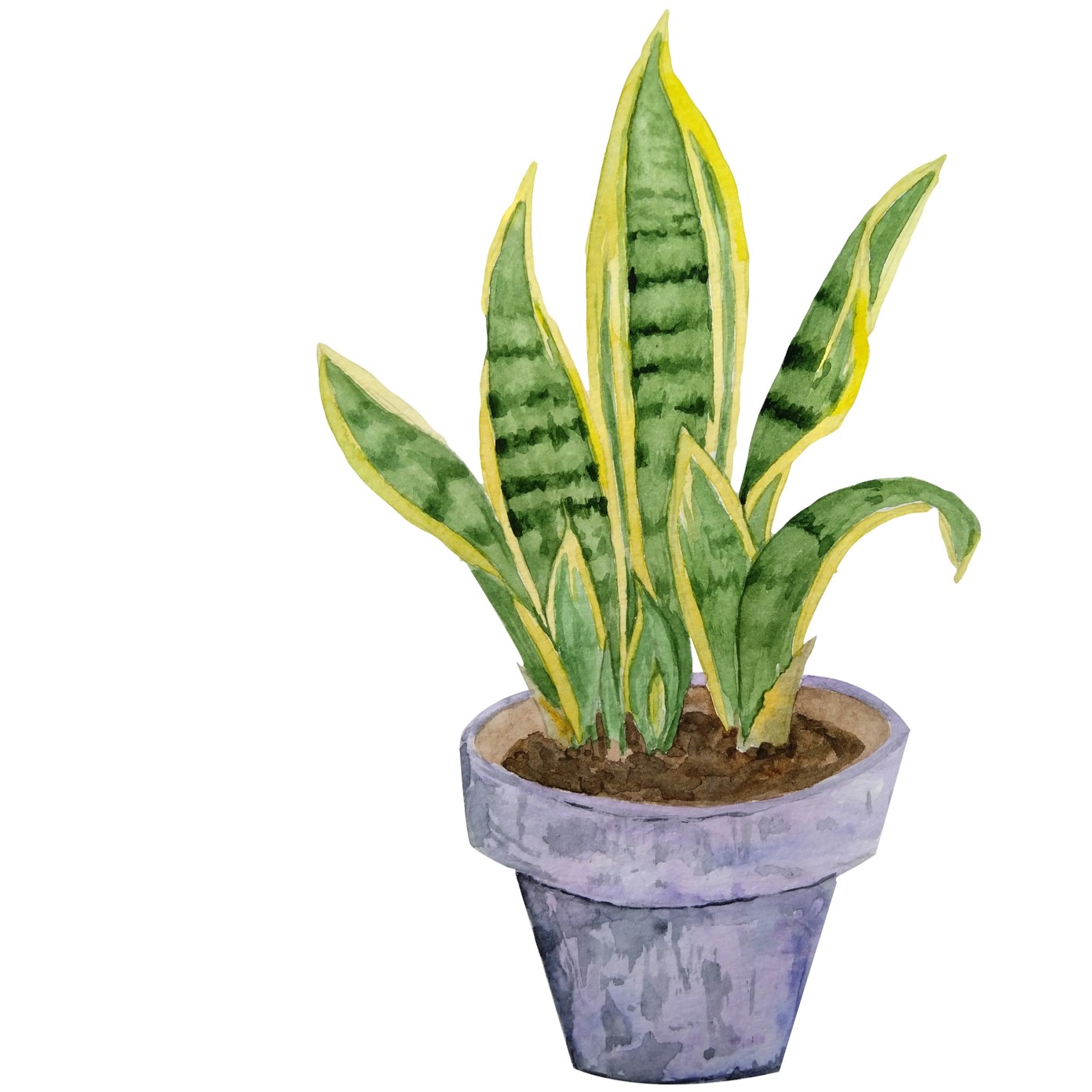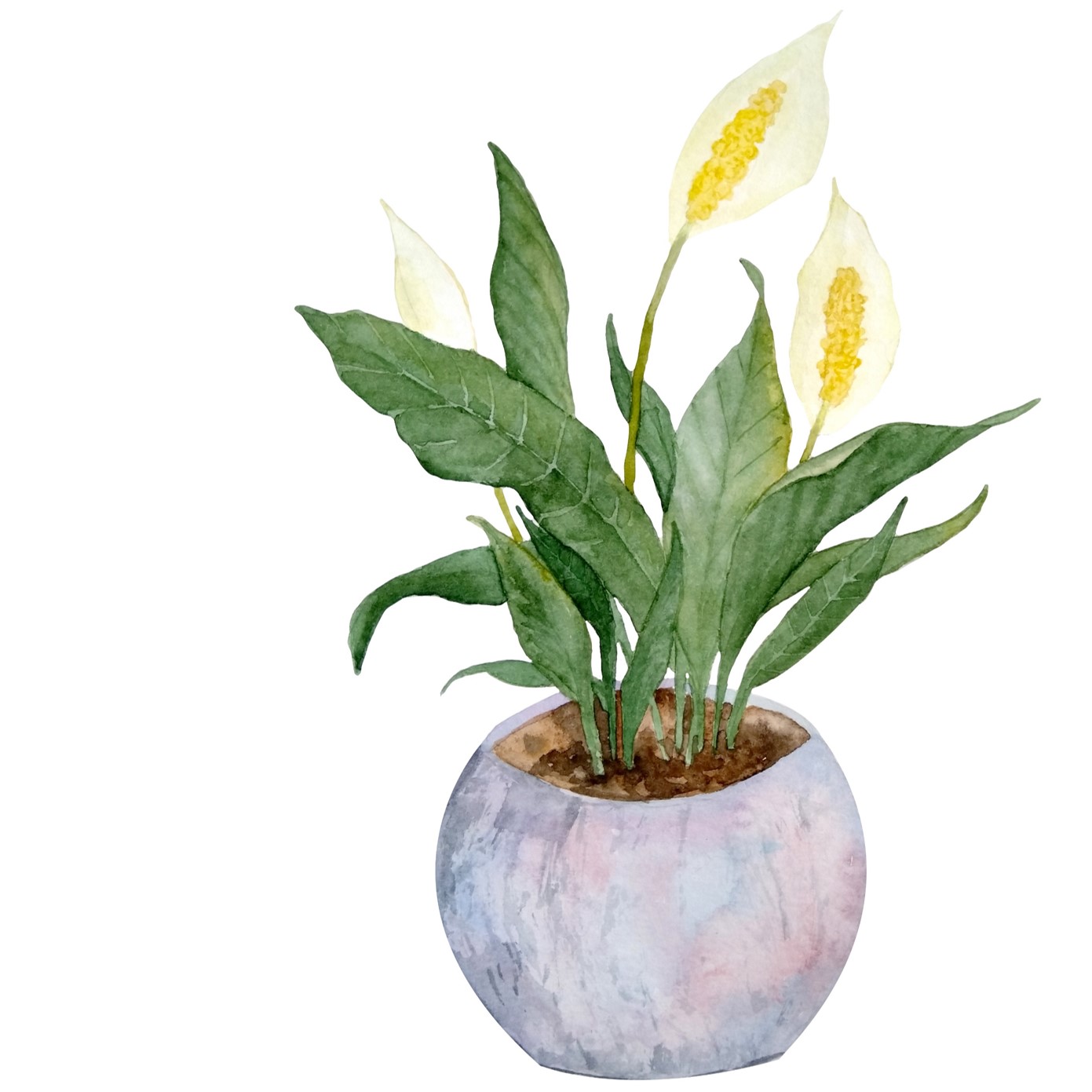Air-filtering plants to improve the quality of the air at home
In 1989 NASA did a study about air-filtering plants in collaboration with the former Associated Landscape Contractors of America (ALCA), now National Association of Landscape Professionals, that would be known as the NASA Clean Air Study.
The objective was to find the best air-filtering plants to clean the air in the space stations around the Earth. Far, far away. These plants would then be combined with a system of activated charcoal filters in order to reduce the concentrations of pollutants in the air of the space stations, be it chemical or organic, and even viruses or bacteria.
The conclusions of this study came to be verified by several other studies developed over the years and focused on the removal of specific pollutants, and more recently by a more comprehensive study that involves several pollutants and plants, led by Vadoud Niri and presented in an event by the American Chemical Society.
What are air-filtering plants?
Plants are nothing more than living beings that absorb carbon dioxide and produce oxygen. As it happens to be, some have more purifying abilities than others. That is, some plants can, through the leaves, stems or roots, absorb some undesirable substances in the air, water or soil and “transform” them in other more desirable substances, or even to neutralise them in a process called phytoremediation.
Air-filtering plants help to absorb, remove, or degrade certain substances that have harmful effects on human health. These are some examples of substances that are absorbed by air-filtering plants:
- Benzene – used in rubbers, lubricants, colourants, detergents, pharmaceuticals and pesticides;
- Methanal – used in certain biocides and disinfectants;
- Trichloroethylene – used in adhesives and solvents;
- Xylenes – used in solvents, crude oil and tar;
- Toluene – used in colourants, detergents, solvents and permanent markers.
What are the best air-filtering plants for your home?
If you want to have an all-natural air-filtering system at home, keep an eye open for these air-filtering plants:
-
Spider plants, spider ivy, or airplane plant
These are the common names given to the the Chlorophytum comosum species. This plant from South America is frequently used as a decorative plant because of its characteristics, and because it is fairly common and easy to find in florists all over.
-
Golden pothos (Epipremnum aureum)
Also called Ceylon creeper or devil’s ivy, it’s native to the Solomon Islands, and requires very little maintenance.

Snake plant or Saint George’s sword
-
Snake plant or Saint George’s sword
Maybe you’ve known it as mother-in-law’s tongue – all three are the commonly used names for Sansevieria trifasciata, a plant native to Africa that is widely used as a decoration.
-
Philodendron
The genus Philidendron, is a kind of relatively common vining plants. When choosing these plants, it is important to keep in mind that some varieties may be facing a risk of extinction in the wild, like the Philodendron bolaoanum species, for instance, whose conservation status is considered critically endangered – the highest risk level – in the wild.
-
Dracena or Song of India (Dracaena reflexa)
It is a native plant to Mozambique, Madagascar, Mauritia and to some islands in the Pacific. It is quite toxic to dogs, and thus should be avoided if you have any pets in the house.
-
Benjamin tree or Java fig
These are two of the common names of Ficus benjamina, a tree that is suitable to have indoors in its bonsai version.
-
Gerberas, especially the Gerbera jamesonii species
Despite the many, many types of gerberas, this one has red, yellow, pink or orange flowers.
-
Chrysanthemums, especially of the Chrysanthemus morifolium
Also called florist’s daisies, its flowers are generally white, yellow, pink or lilac.

Peace lilies
-
Peace lilies, of the genus Spathiphyllum
There are more than 40 different peace lily species, the more widespread one being perhaps the Spathiphyllum cochlearispathum, that has a beautiful white flower wrapped around a sort of yellowish spike (spadix).
-
Aloe Vera succulents
Besides being used as an air-filtering plant, the aloe vera is used as a medicinal plant, and its sap has several cosmetic applications. Beware of the variety you choose, since some of them have some import and export restrictions to avoid their overexploitation.
-
Bamboo palm (Chamaedorea seifrizii)
It is native to Central America and Mexico. This plant might be difficult to find in Europe since it prefers tropical and humid climates.
Apart from cleaning the air around the house, these air-filtering plants are also decorative so do not hesitate to have one or two per room – yes, even in the bathroom! Let your creativity and good taste flow, and be your own interior designer for a day.
